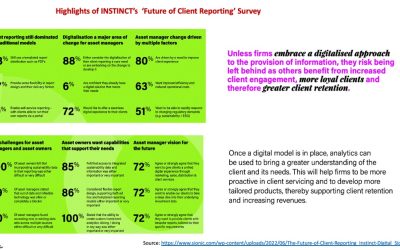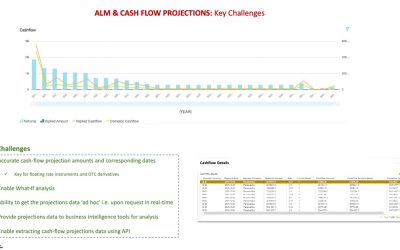An earlier article in this blog described how reporting on ‘Stress Testing’ for buy-side can help investors get a better perspective of portfolio risk. In this post, we will look at the ‘Stressed VaR’ as an additional measure that I think would be helpful too.
For a background, ‘Stressed-VaR’ is required for the Sell-side currently as part of ‘Basel’ regulatory reporting and is used to compute market risk capital charge. ‘Basel’ regulations define ‘Stressed VaR’ as the risk (i.e. VaR) for the most stressful one-year period from the last 7 year time frame.
For the buy-side, reporting of VaR details by regulators is relatively new and is a requirement from regulators usually for large investment firms. In the US, this need is part of SEC rule ‘18f-4’ and the data is reported in form N-PORT. The compliance date for this rule for is the end of next week (i.e. Aug. 19, 2022).
The VaR detail above, as a requirement, is the first ‘forward-looking’ risk measure that provides additional details on portfolio risk. However, it is still a point in time information and does not give an overall perspective on how risky the portfolio has been to date.
This is where I think the ‘Stressed VaR’ measure will help. Specifically, as mentioned above, it provides info on how risky the portfolio has been in the past. An application of this measure will be for peer group comparison of portfolios with similar strategies and is valuable to investors during portfolio selection.
The data on VaR, Expected Shortfall, Stress test results and now ‘Stressed VaR’ together form the portfolio’s key forward looking risk measures. This, along with the currently available performance returns and ex-post risk details, will provide a more complete view of the portfolio for both investors and regulators for their analysis.



